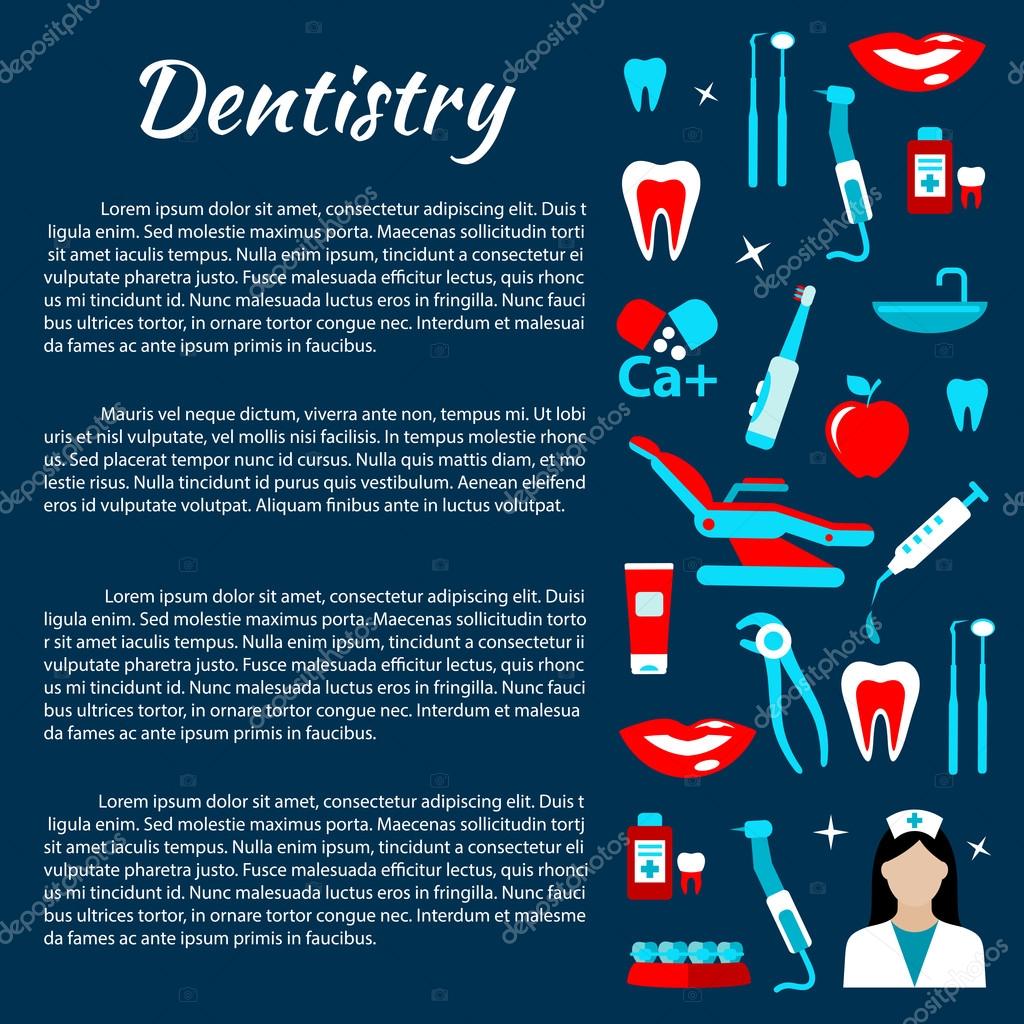Evaluating The Most Recent Technological Patterns In Pediatric Dental Care
Evaluating The Most Recent Technological Patterns In Pediatric Dental Care
Blog Article
Material By-Persson Sinclair
Invite to the world of pediatric dental care, where the doors of innovation swing wide open, exposing a playground of innovative technologies.
Like a competent dental expert, these innovations act as accuracy devices, effortlessly mixing art and science to produce a smooth dental experience for your little ones.
However what are these most recent innovations that have the possible to revolutionize the field?
Step inside, as we take you on a journey with the world of electronic radiography, 3D imaging, laser dental care, and also virtual reality.
Prepare to be astonished as we unravel the mysteries behind these game-changing tools that are reshaping the future of pediatric dentistry.
Digital Radiography and 3D Imaging
Digital radiography and 3D imaging are transforming the area of pediatric dentistry, allowing for more accurate and efficient medical diagnoses and therapy preparation. With electronic radiography, standard X-ray films are changed by digital sensors that capture images of teeth and surrounding frameworks. This modern technology supplies various benefits, such as reduced radiation direct exposure and immediate image accessibility.
By removing the need for movie processing, digital radiography saves time and enhances workflow in a pediatric dental method. Furthermore, 3D imaging offers a three-dimensional sight of a kid's mouth, enabling dental experts to examine dental abnormalities, review orthodontic therapy needs, and plan for complex procedures with better accuracy.
This advanced imaging technology improves the general top quality of care provided to young patients, making it a vital tool in modern-day pediatric dentistry.
Laser Dental care
With the developments in technology, pediatric dentistry has embraced making use of laser dentistry to boost therapy alternatives and enhance patient outcomes. Laser dental care uses several advantages for both dental experts and people, including:
- ** Precision **: Laser technology enables specific treatment, targeting specific areas without influencing bordering cells.
- ** Minimally intrusive **: Laser treatments are often much less invasive than typical techniques, resulting in minimized discomfort and faster healing.
- ** Lowered hemorrhaging **: The laser's cauterizing impact decreases bleeding during dental procedures, leading to a more comfy experience for the individual.
- ** Reduced https://patch.com/hawaii/honolulu/classifieds/gigs-services/384552/get-dental-implants-in-honolulu-for-a-greater-smile-now for anesthetic **: Laser dentistry can often be performed without the requirement for anesthesia, minimizing the prospective risks and adverse effects associated with numbing representatives.
Virtual Reality in Pediatric Dental Care
Pediatric dentistry has incorporated virtual reality technology to enhance the dental experience for young people.
By immersing youngsters in a digital globe during their oral brows through, dental practitioners intend to relieve anxiousness and worry related to oral treatments. With https://veneers-cost73849.myparisblog.com/33535101/interested-regarding-how-an-emergency-dental-expert-can-be-your-utmost-dental-lifesaver-in-critical-situations headsets, children can be transported to a fun and appealing environment, such as an underwater experience or an enchanting woodland. This interruption strategy aids to divert their interest from the oral treatments, lowering anxiousness and enhancing their total experience.
Moreover, virtual reality can likewise be utilized for educational functions, enabling children to find out more concerning oral hygiene and dental treatment in an interactive and amusing method. By incorporating virtual reality into pediatric dentistry, oral sees end up being more delightful and less frightening for youngsters, promoting far better dental health habits and long-term oral treatment.
Conclusion
In conclusion, the current innovations in pediatric dental care have transformed the means kids get oral care.
Take, for instance, the case of a 6-year-old girl who was terrified of oral procedures. Via using virtual reality, she had the ability to go into an exciting and soothing world during her dental go to, making the experience satisfying and worry-free.
These innovations not only enhance the high quality of care however also develop a positive and reassuring environment for young individuals, guaranteeing a lifetime of excellent oral health.
